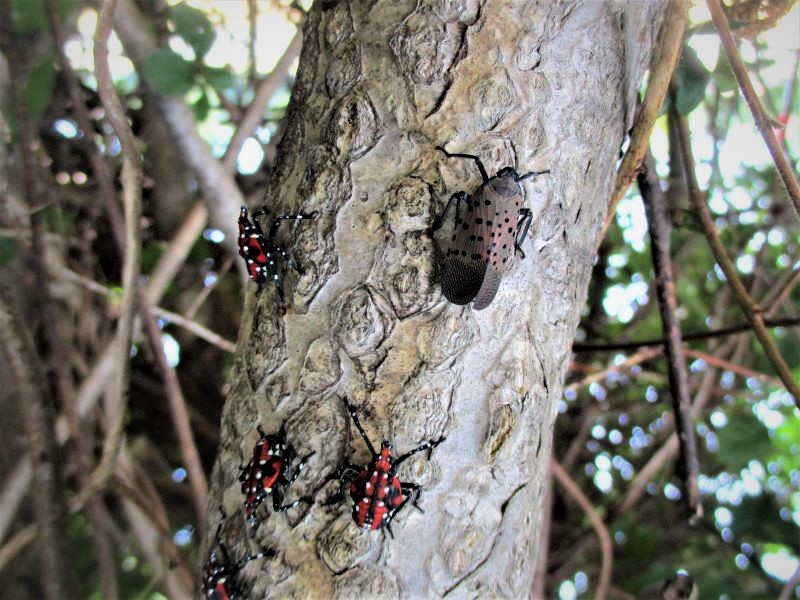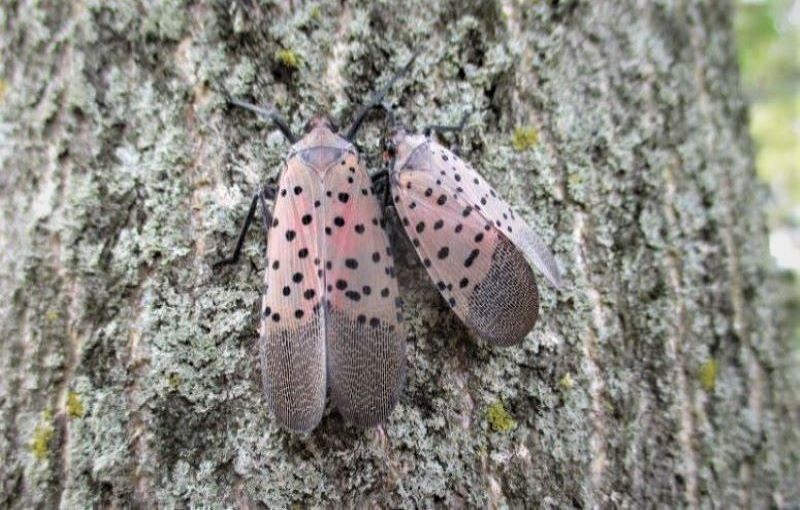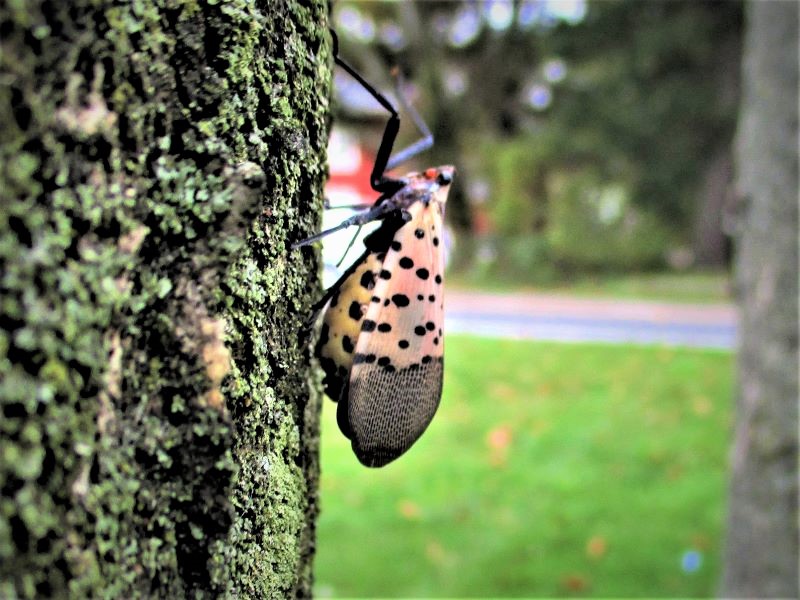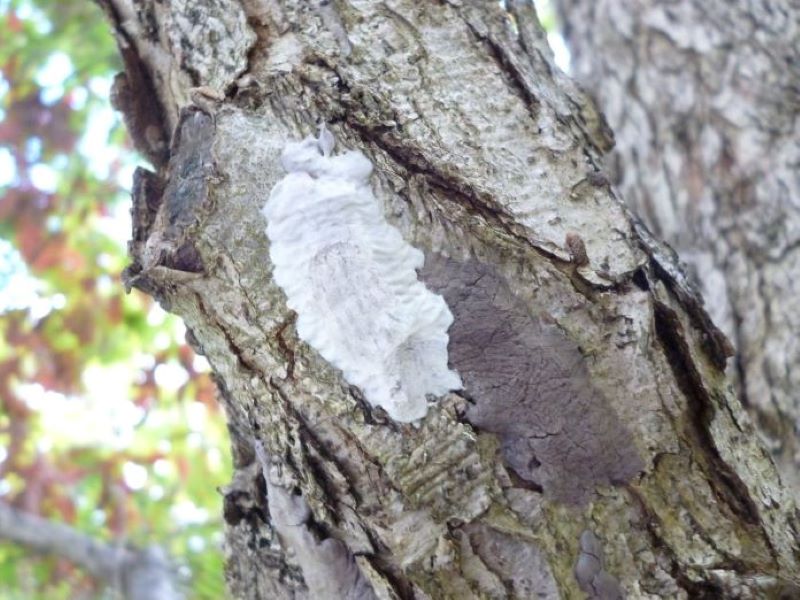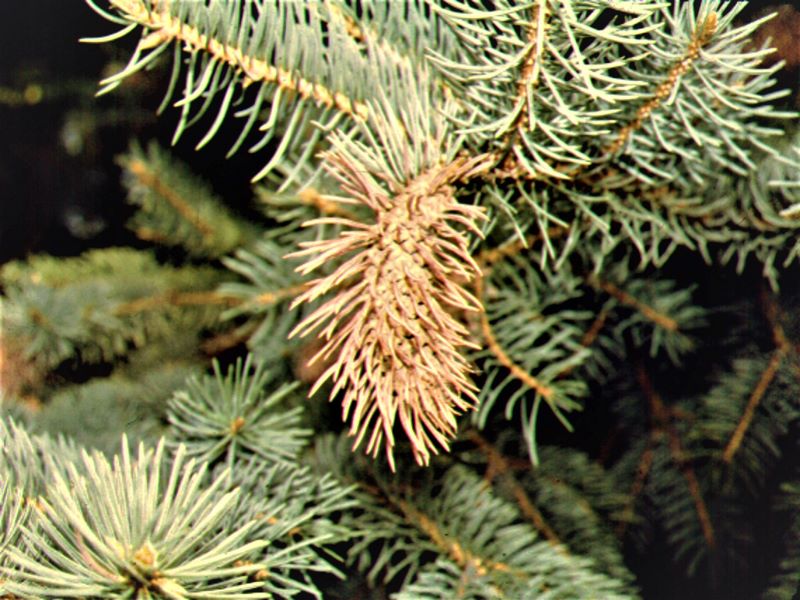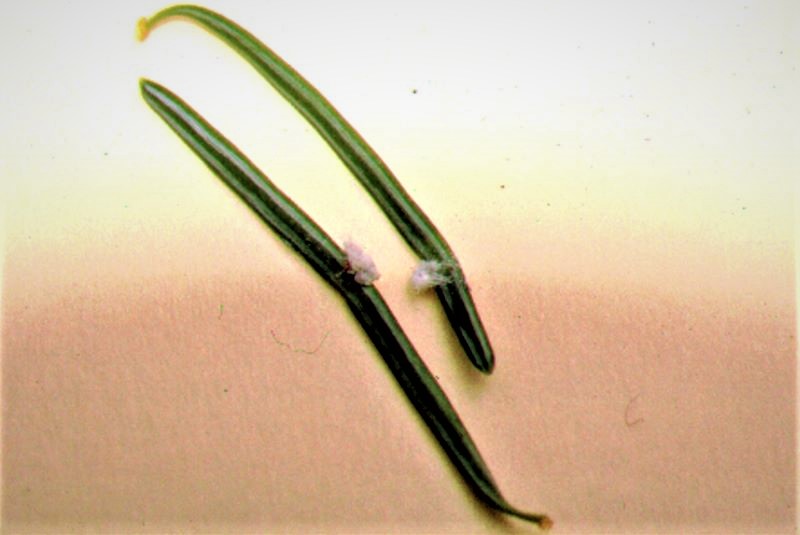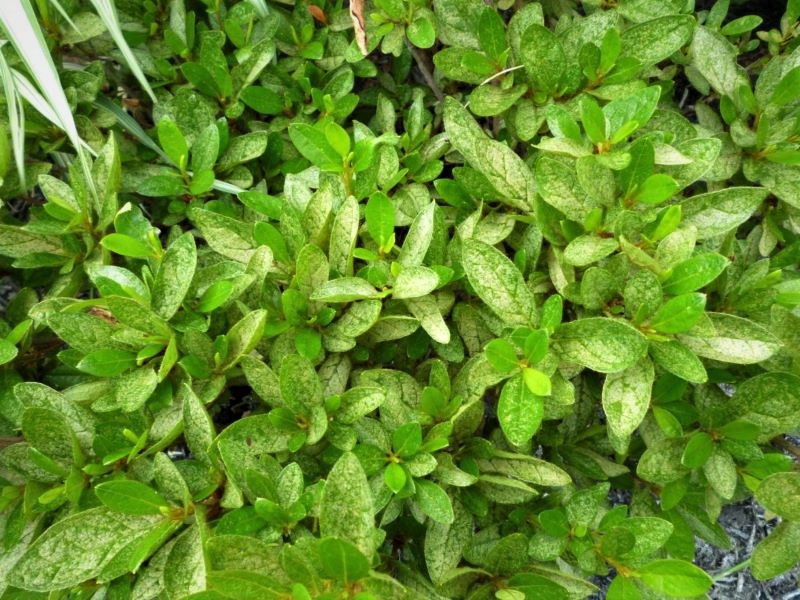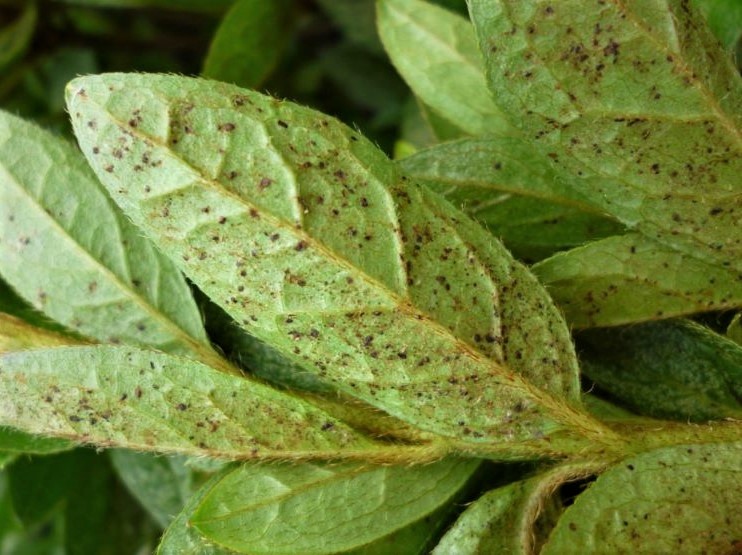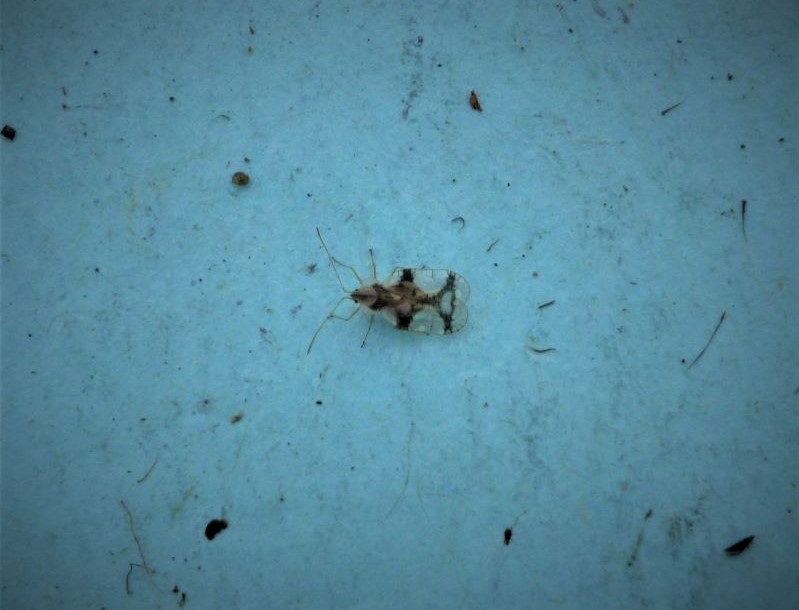SO MANY NEW OFFERINGS AND OPPORTUNITIES FOR 2024:
The 2024 NJ Ag Convention and Trade Show will be held Tuesday to Thursday, February 6-8 at Harrah’s Resort and Waterfront Conference Center 777 Harrah’s Blvd. in Atlantic City, NJ. Registration is required. The 3-day registration and VGANJ membership cost of $150 per farm for 2 persons and $25 for each additional person with your business. There is also a $75 per person daily entry fee option if you are not attending all 3 days and do not wish to be a member. All who register are welcome to attend this diverse and informative annual event. The convention is a cooperative effort with the Vegetable Growers Association of NJ, the NJ Department of Agriculture, and Rutgers Cooperative Extension. Rutgers Cooperative Extension worked with VGANJ and others to bring new educational events, activities, and offerings to the 2024 convention.
Some new and interesting events for 2024 for registered participants:
1. Tuesday mid-day “Lunch and Learn” trade show vendors presentations and free lunch for the first 50 people who sign up and obtain a ticket for this extra event at the registration booth on Tuesday morning. This event is sponsored by the exhibitors. Come see what exhibitors have to offer and find out what is new from industry.
2. Tuesday evening social and happy hour featuring a charity auction benefiting Shriners Hospital for Children with items to bid on from convention sponsors and trades show exhibitors.
3. Free skin screenings on Wednesday, February 7th from 9AM to 3PM with the Rutgers Cancer Institute of NJ. Space is limited and you must sign up in advance. To sign up see registration form and link: https://screennj.gomohealth.care/patient/enroll/
4. The New Jersey Farm Bureau Womens Leadership Committee is sponsoring a Wednesday afternoon workshop featuring guest speaker, Lorenda Oberman, American Farm Bureau Federation Womens Committee and a panel of NJ Farm Women Leaders.
5. A Thursday, All-Day On-Farm Food Safety Training. The cost is $50/per person, separate from the registration fee to the Convention and Trade Show. For more information, contact Brandi at (856) 451-2800 ext. 1. For online registration and more information see: https://go.rutgers.edu/mhqc3m5u
6. A Thursday, 1/2 day Worker Protections Standards Respiratory Protection Training, Fit Testing and Record Keeping Workshop. Space is limited to 30 participants and is a separate sign up for registered participants to the convention – so sign up soon. For more information and to register see: https://go.rutgers.edu/pesticideworkshop
For more information about the entire convention for registration, hotel, and educational events schedule see https://vganj.com/convention. Discounted room rates through the VGANJ Convention room block are available until January 29, 2024. See the VGANJ website for details. To sign up for tickets to the NJ Agricultural Society Luncheon on Wednesday or to get tickets for the Wednesday night awards banquet see: https://www.nj.gov/agriculture/news/hottopics/approved/topics231208.html
